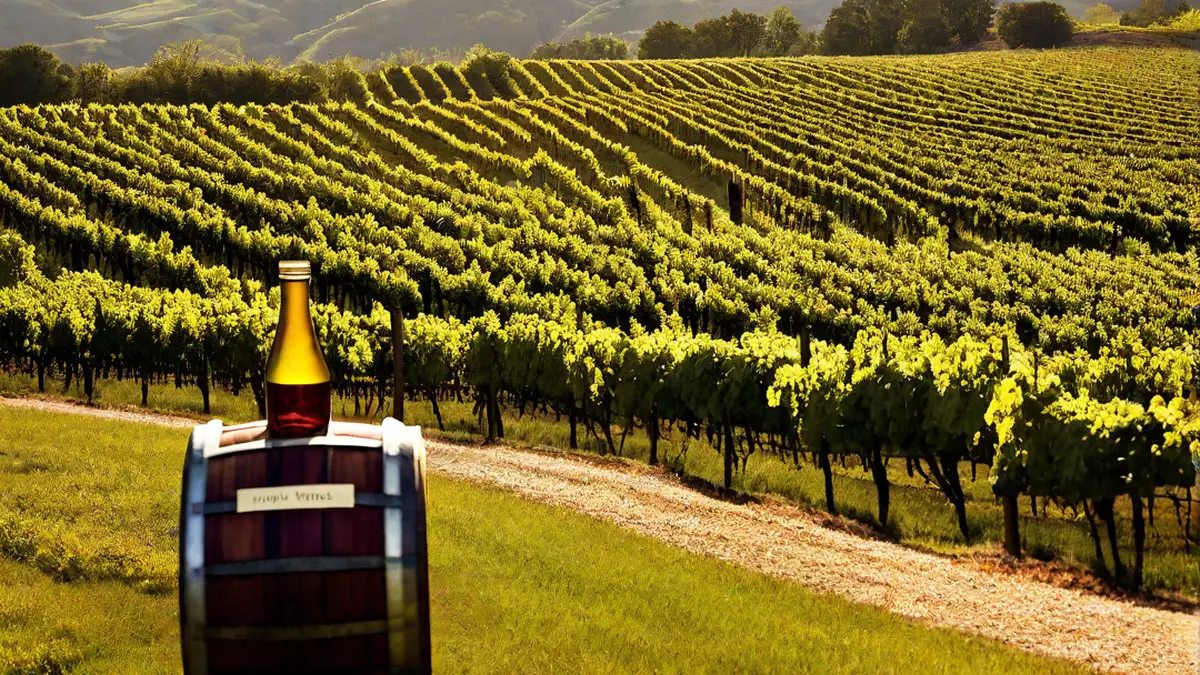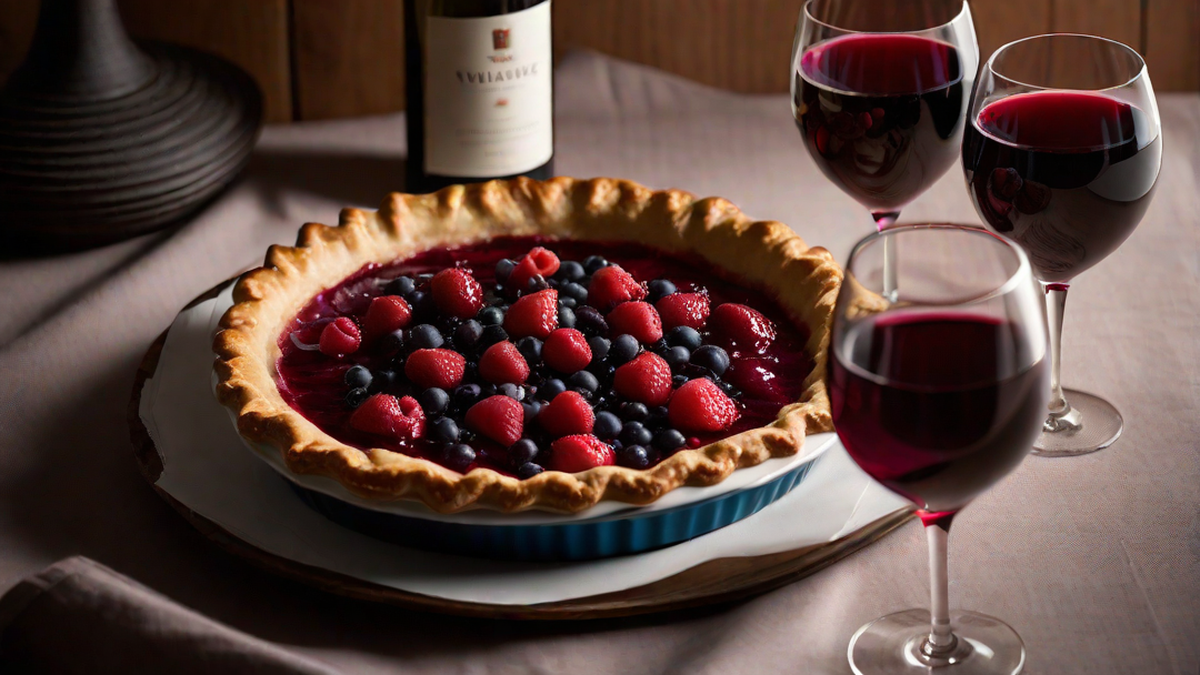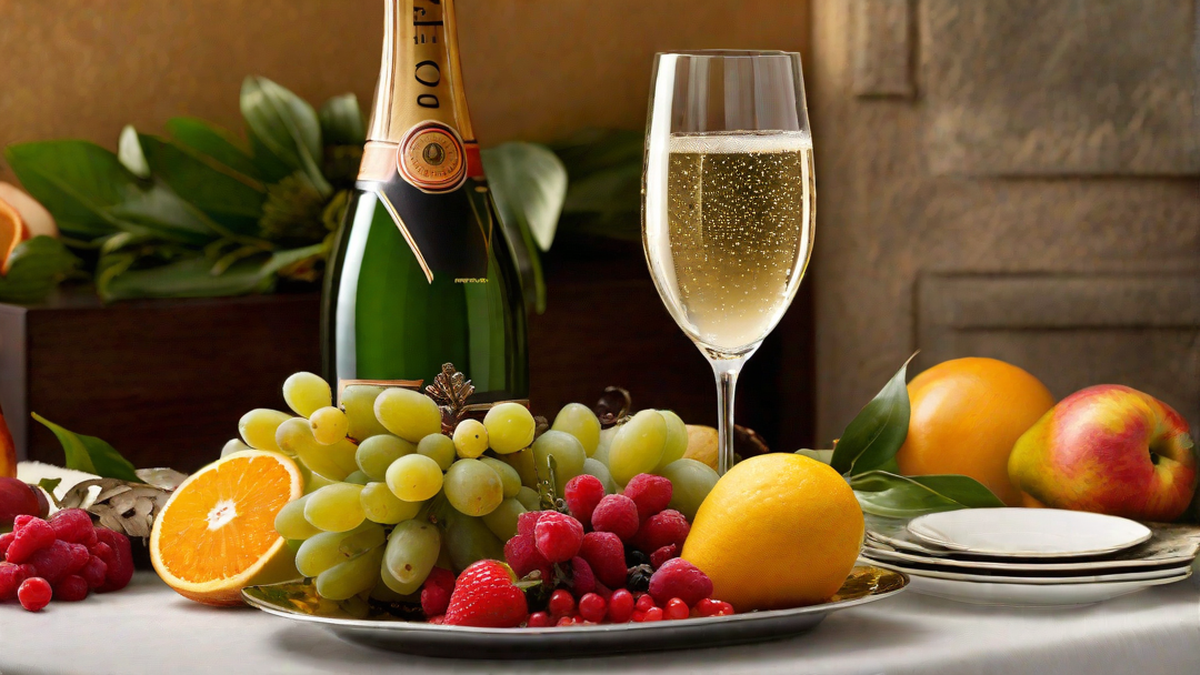Being a wine lover and passionate home cook, I have always been captivated by the notion of using wine as an ingredient in my culinary endeavors. When it comes to white wine, one particular variety that has caught my attention is Sauvignon Blanc. Renowned for its refreshing acidity and lively flavors, Sauvignon Blanc can add an intriguing element to a variety of dishes. In this article, I will delve into the query: Can Sauvignon Blanc be utilized for cooking? Come along as we uncover the potential culinary applications of this delightful wine.
What Makes Sauvignon Blanc a Good Cooking Wine?
Sauvignon Blanc is a versatile white wine that can add depth and complexity to many dishes. Its lively acidity cuts through rich and fatty foods, balancing their flavors and preventing them from becoming overly heavy. Additionally, Sauvignon Blanc boasts distinctive citrus, herbal, and tropical fruit notes, which can enhance the overall flavor profile of a dish.
One of the main reasons why Sauvignon Blanc is a popular choice for cooking is its ability to complement a wide range of ingredients. Whether you’re preparing seafood, poultry, vegetables, or even creamy sauces, Sauvignon Blanc can provide a refreshing and aromatic boost to your dishes.
A Word of Caution
While Sauvignon Blanc can be a fantastic addition to your culinary adventures, it’s essential to choose the right bottle. Avoid wines that are overly sweet or heavily oaked, as they may overpower the flavors of your dish. Look for Sauvignon Blanc wines that strike a balance between acidity, fruitiness, and herbal notes. A dry and crisp Sauvignon Blanc with moderate alcohol content is often a safe bet.
Cooking Techniques and Recipes
Now that we’ve established that Sauvignon Blanc can be a great cooking wine, let’s explore some popular techniques and recipes where this wine shines.
1. Deglazing
One way to elevate the flavors of your dishes is by deglazing the pan with Sauvignon Blanc after cooking meat or vegetables. As the wine simmers and reduces with the pan juices, it creates a delicious sauce that adds depth and complexity to your dish. Try deglazing with Sauvignon Blanc when preparing scallops, chicken, or mushrooms for a burst of flavor.
2. Seafood Pairings
Sauvignon Blanc’s bright acidity and citrusy notes make it a perfect companion for seafood. Whether you’re poaching fish in a white wine broth, grilling shrimp, or making a seafood risotto, adding a splash of Sauvignon Blanc can elevate the flavors and contribute a delightful tanginess.
3. Herb Sauces
Sauvignon Blanc’s herbal characteristics make it an ideal choice for creating flavorful herb sauces. From classic pesto to creamy tarragon sauce, using Sauvignon Blanc as a base can enhance the herbal elements and bring a bright freshness to your sauces.
Conclusion
In my experience, Sauvignon Blanc is indeed a fantastic cooking wine. Its acidity, fruitiness, and herbal notes can enhance a wide variety of dishes, from seafood to poultry and vegetarian fare. However, always remember to choose a wine that complements your recipe and strike a balance in flavors. Now that you have this knowledge, don’t be afraid to experiment with Sauvignon Blanc in your cooking endeavors. Cheers and happy cooking!




